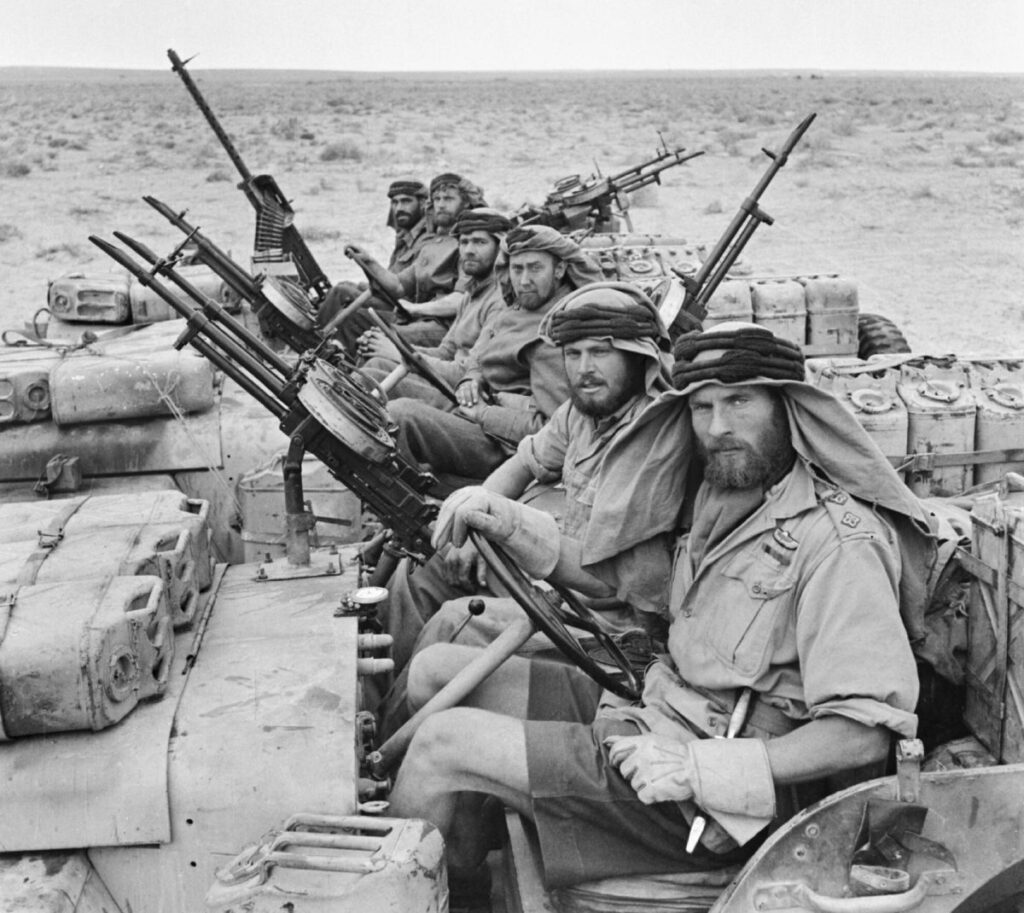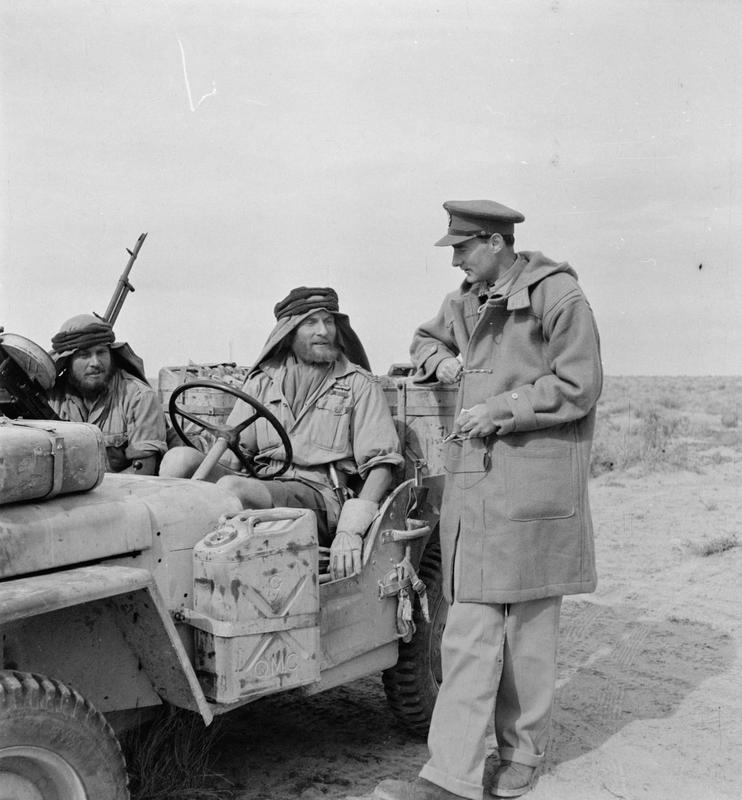Of all the fronts in the Second World War that in North Africa was the most evenly contested between the Allies and the Axis Powers in the early years of the Second World War. Where Germany had quickly overrun Poland in 1939 and then Denmark, Norway, the Low Countries and France in 1940, the war in North Africa was a much more contentious affair. Here Tunisia was controlled for the Axis by the collaborationist Vichy government in France, while Benito Mussolini’s Italy had attempted to invade British-controlled Egypt in the summer of 1940 from the Italian colony of Libya. However, when the British quickly got the upper hand on the Italians, a German expeditionary force was sent to North Africa under General Erwin Rommel early in 1941 in order to aid the Italians. A two year campaign, known as the Western Desert Campaign, would follow for control over the large expanse of desert between Libya and the British centres of administration in Egypt in the Nile Delta around Cairo and Alexandria.

The Axis war effort in North Africa was beset by two major problems throughout the early 1940s, the weakness of the Italian army and supply difficulties. The latter issue was particularly acute as the Allies had a significant air and naval presence in the Mediterranean and were able to interrupt Axis supply lines from southern Europe to Libya. By the winter of 1941 nearly three-quarters of all Axis supplies and war material being sent to Libya was being destroyed en route in the Mediterranean and by early 1942 the Axis command in Libya faced serious supply shortages.
This was the context in which Major David Stirling, a British special operations commander who had set up the Special Air Service or SAS in the summer of 1941, put forward a bold plan to further damage the Axis supply lines in North Africa. In the process he aimed to strike a critical blow against Germany and Italy in the Western Desert Campaign. Stirling’s proposal was to launch a raid against the Sidi Haneish Airfield, an Axis-held airfield complex located nearly 400 kilometres to the west of Cairo. Found in the Sahara Desert, roughly halfway between the Nile Delta and Egypt’s border with Libya, the airfield was a crucial supply point for the Axis front lines in the Western Desert Campaign. Stirling’s plan was to launch a lightning fast raid across the desert at night time in a convoy of jeeps, hitting the airfield and destroying the aircraft there before the Axis powers even knew they were under attack. It was a daring plan, but one which was typical of Stirling, a man whom Field Marshal Bernard Montgomery, the commander of the British Eight Army during the Western Desert Campaign, had described as ‘mad, quite mad’.
After some preparation in the summer of 1942, the raid was planned for the night of the 26th of July 1942. A convoy consisting of eighteen jeeps and carrying approximately sixty British and Free French commandos set off from an Allied held station at Bir el Quseir eighty kilometres to the east of Sidi Haneish shortly after night fall. Travelling across the rolling desert without any lights other than that of the moon, in order to avoid detection, they reached the airfield shortly after midnight in the early hours of the 27th. The jeeps had been fitted with the Vickers K Machine Gun, a rapid-fire machine gun which had initially been developed for use on aircraft, but which by 1942 had been adapted for use on land. It was capable of discharging over 1,000 rounds per minute. With this firepower the raid proved short but deadly. Stirling and his men destroyed or seriously damaged three dozen German aircraft at the airfields, most being Junker-class transport planes, Stuka dive-bombers and Messerschmitt Bf 109 fighter planes.

However, Stirling and his men were not unopposed. They were quickly under fire from the German troops stationed at Sidi Haneish. Yet the Allied raiders suffered limited casualties. One jeep was disabled and one commando, Lance Bombardier John Robson, was killed, but thereafter the jeep convoy made a quick getaway, having damaged or destroyed a huge number of Axis planes in a very short period of time. The hours ahead saw a perilous trip back across the desert. As dawn broke German fighter planes and bombers scoured the Western Desert looking for Stirling and his men, but the commandos had prepared for this eventuality and hid out in the desert with camouflage tarpaulins covering their jeeps, making them largely invisible from overhead. Accordingly 15 of the 18 jeeps which had set out on the raid, and all but two of the commandos, eventually made it back safely to Bir el Quseir.
The Raid on Sidi Haneish Airfield was a highly successful operation. Having effectively destroyed or damaged several dozen German planes, including numerous supply and transport aircraft, the already tenuous Axis supply lines to North Africa were further disrupted. This subsequently contributed to the Allied victory at the Second Battle of El Alamein, just over 100 kilometres to the west of Alexandria, in the late autumn of 1942. This latter engagement turned the tide in the Western Desert Campaign. Thereafter the British Eight Army began pressing westwards. By January 1943 the Allies had moved into Libya, overrunning the Italian colony, and in May 1943 the last Axis stronghold in North Africa was taken when the Allies defeated the Vichy French forces, Italians and Germans in Tunisia.
The route was now prepared for the opening of an Allied southern front in Italy. Much of this was owing to raids such as that on Sidi Haneish Airfield in July 1942 and the damage this did to Axis supply lines in North Africa. As a historian of the war and a commander during the same, Major General Ian Stanley Playfair, later noted, ‘the Axis might have staved off for a long time their defeat in May 1943 [in North Africa] had their forces received the supplies they needed’. Thus, the Raid on Sidi Haneish Airfield was a highly consequential component of the Western Desert Campaign during the Second World War.








